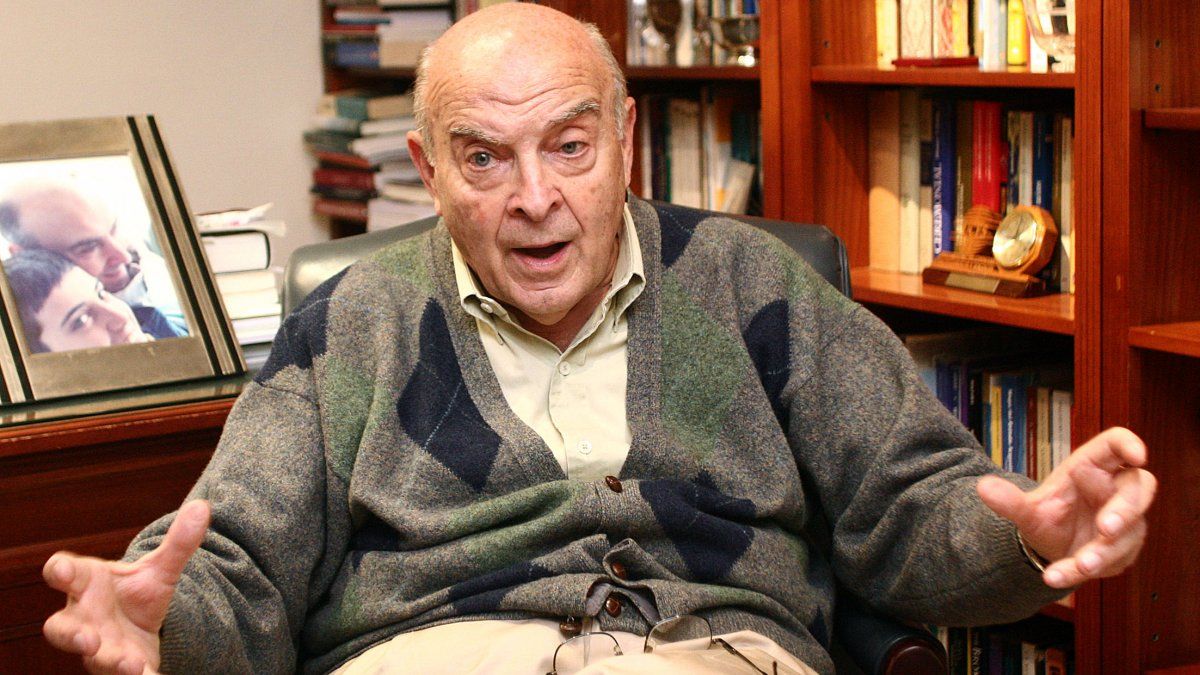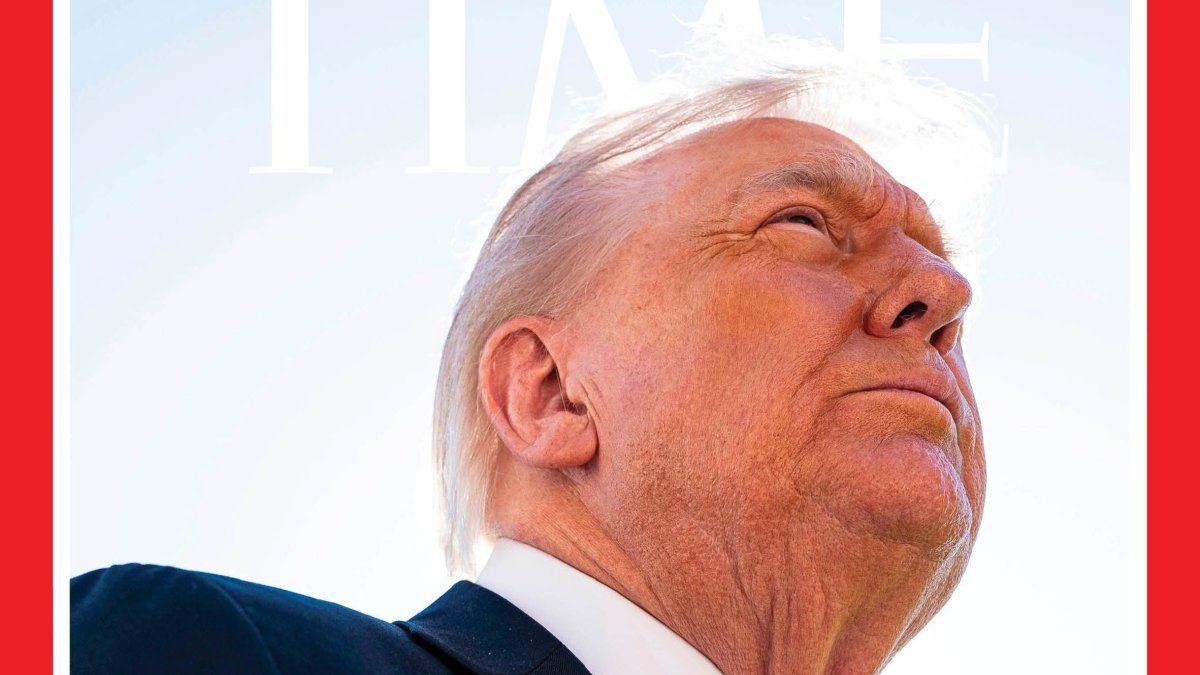The former Minister of Economy Sunday Cavallo warned that the rate of inflation will accelerate in November, he assured that it will reach 300% annually and estimated that there will be a correction in the exchange rate after the elections that would place the price of the dollar at $500.
“Although October inflation was around 10%, November inflation will rise again as the starting point of an acceleration that will make the debut of the new government difficult, whatever the result of the runoff election,” Cavallo said.
In a note published on his blog he pointed out that, if economic policy is not corrected, the country is heading towards inflation of 300% annually.
Cavallo stated that “acceleration is inexorable” and detailed four reasons:
1) The fiscal deficit is increasing as a consequence of the spending increases and tax decreases that Sergio Massa ordered to get votes for his candidacy.
2) Monetary liabilities increase not only due to the financing of the deficit but also due to the accrual of increasingly higher interest from the LELICs.
3) Due to the inexorable increase in the import exchange rate to equal, at least, the effective export exchange rate that results from the authorization to settle 30% in the CCL market.
4) For price increases that must be authorized to avoid critical shortages such as fuel.
The former official considered that “after November 19, it is very likely that the Government will decide to adjust the official exchange rate to bring it to the level of the export exchange rate, which today is around $500.”
“In that case, it will no longer be necessary to allow 30% of export income to be settled in the CCL market. In this way, 100% of the export dollars will once again enter the Central Bank’s reserves, something essential to move towards the normalization of payments for current and past imports that entered with financing from suppliers,” Cavallo surmised.
He added that “as the CCL market will no longer be supplied with 30% of export revenues, it is also likely that the exchange rate in that market will return to around $1,000 per dollar. After having been at that value, it dropped to $860 per dollar. effect of the derivation of export dollars”.
Cavallo maintained that “the devaluation jump will be 43% but only for imports because for exports it has already occurred since the liquidation of 30% in the CCL market was authorized.”
“Consequently,” he continued, “to estimate its impact on the inflation rate, one can work with a jump very similar to that of the post-STEP period (22%).”
The former minister stated that “as happened in the months following that exchange rate adjustment, the inflation rate will jump to no less than 12% monthly for the months of November and December.”
Continuing with his analysis, Cavallo pointed out: “Assuming that, from this adjustment, the price of the dollar in the official market returns to the crawling pegby the end of December the official exchange rate would not be far from the future exchange rate which, for that date, today is $595.”
For Cavallo “the evolution of the gap will depend a lot on the announcements that the new Government makes about the organization of the exchange market and fiscal and monetary policies, but it is unlikely to start with less than 100%, that is, with a price of the dollar CCL of around $1,200, the level it was at before the diversion of 30% of exports to that market was authorized.”
With this scenario he stated that “What will happen throughout 2024 is impossible to predict given the great unknown about the result of the runoff and the subsequent economic policy announcements, but the average monthly inflation of that year is unlikely to be less than 12%, that is, a rate of annual inflation equivalent to 300%”.
“The inflation rate that INDEC will publish for October will be around 10%,” he anticipated.
Cavallo indicated that “the inflation rate for the last 30 days calculated based on online prices was falling from levels close to 15% at the beginning of September to a surprisingly low 6% towards the beginning of October, but from that date until the 30th October rose again to 9%”.
“Although the inflation rate published by the INDEC corresponds more closely to the average inflation rate of the month and this was 7.5% as of October 30, it is difficult for the rate published by the INDEC to differ much from the 10 % given that online prices do not register increases that occur in local businesses and in many services not marketed online,” he added.
The former official remarked: “If one observes the inflation rate of the last 30 days, the decrease from 15% to 6% may be surprising. But this, far from encouraging expectations of a decrease in inflation, is an indicator that it has been exhausted. the transfer to the prices of the immediate exchange adjustment after the PASO”.
“But the arrest of the fall in the inflation rate of the last 30 days, as well as the consequent increase in the monthly average inflation rate, is explained by the increase in the export exchange rate that meant the authorization to settle on the 30th. % of exports in the CCL market. When this increase is generalized to imports, the monthly inflation rate will return to around 12% monthly,” he warned.
Source: Ambito




